A slide for kids is a piece of great equipment for any playground. A slide is a playground's most important feature. It takes on a significant function in made-up narratives. For example, it could serve as the starting point of an obstacle course, the means of escape during a game of tag, the destination of a race, etc. Indoor slide for kids is also a playground element that provides many benefits that are necessary during early childhood development.
Materials used in a slide for kids
Kids' playhouses and slides can be constructed from various materials, for example, fiberglass, metal, and plastic. Since plastic and metal are more resilient to weather and repeated use, commercial playground slides are usually made of these materials. Metal slides and playhouses are frequently constructed from steel. This material is strong so that the slide will last. Metal slides are also slick than plastic slides, providing children with an exhilarating and quick ride. Metal slides can absorb heat; therefore, using them beneath a play shade will increase their utility.
While slides and playhouses made of plastic are less durable than metal slides, they tend to be the most cost-effective. Plastic can still become heated in direct sunlight but is more heat-resistant than metal. As a result, plastic slides are the most widely utilized material for commercial playground slides. Plastic slides are also considerably easier to design in many forms and colors. Inflatable bouncy water slide for kids are often made of heavy-duty PVC or nylon and vinyl materials. These fabrics are put together by professional manufacturers with multi-filament nylon thread, ensuring a long life.
What to consider in slide for kids?
Size is one of the most important factors to consider when selecting a kids slide or playhouse. Slides and playhouses are available in several heights and widths for various play activities. The age range for which the playground is designed and the amount of space available for a slide will determine the ideal height for a slide. Taller slides, for example, are more appropriate for school-aged children, while shorter ones are better suited to small children. It's also crucial to evaluate how a slide's breadth can affect the user's enjoyment.
An ordinary stair slide for kids allows a single person to slide down at once. As slides grow in width, they can be designed to allow numerous children to slide at once. Children can have more enjoyment playing on wider slides. With double-wide slides, youngsters may race with their friends to see who can descend the slide the fastest. Slides can also be made in several shapes and styles to help build entertaining and thrilling playgrounds.
Though there are many other alternatives, think about going straight, spiral, wavy, tunnel, or roller. Each toddler slide shape can be either a component or a free-standing slide. Component slides are linked to other playground equipment components. This enables developers to incorporate slides into sophisticated jungle gyms where children can climb from piece to piece. Free-standing slides exist independently from the rest of the playground.

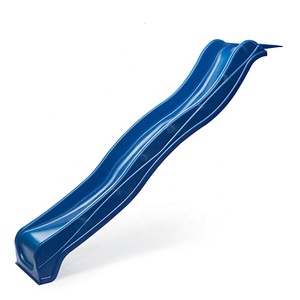






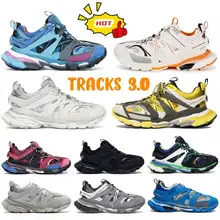


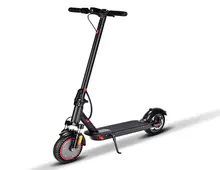

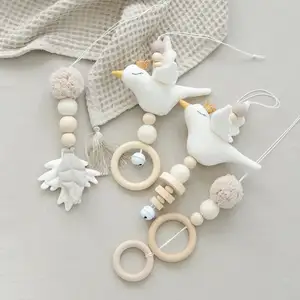


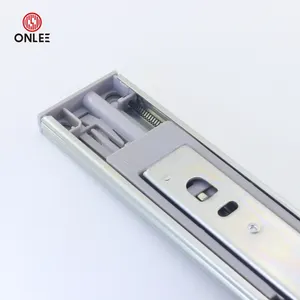

























 浙公网安备 33010002000092号
浙公网安备 33010002000092号 浙B2-20120091-4
浙B2-20120091-4